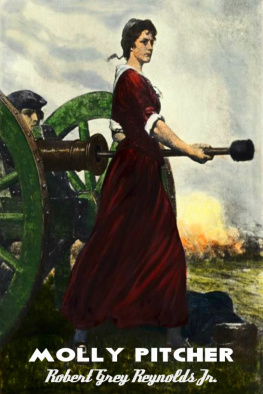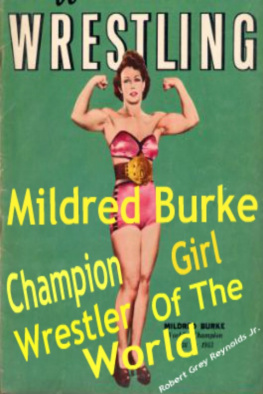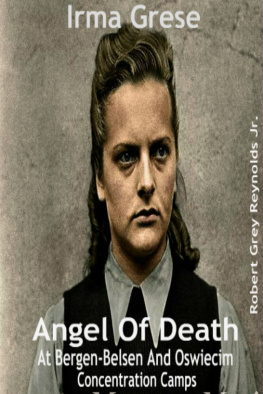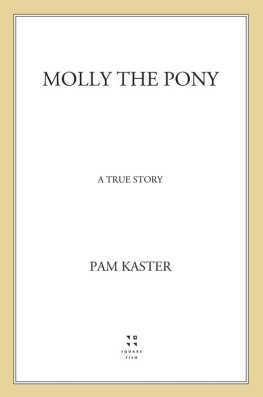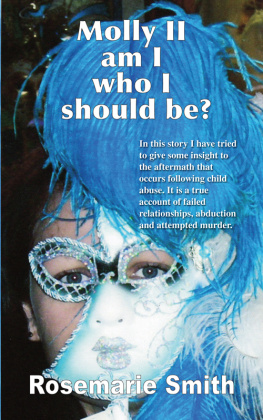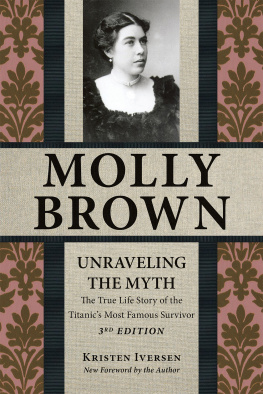Molly Pitcher
Published by Robert GreyReynolds Jr. at Smashwords
Copyright 2016 by Robert Grey ReynoldsJr.
In 1928 a special 2 centstamp was issued to commemorate the 150 th anniversary of MollyPitcher's heroism. She was one of America's earliest and mostpopular heroines. Born in Carlisle, Pennsylvania the citizens ofthat city erected a monument to Pitcher's memory in 1913. Tablet,landmark and legend have kept Molly's name alive in Freehold, NewJersey, where the Battle of Monmouth was fought.
Of German heritage MaryLudwig was a redheaded girl with a memorable smile. Another sourceclaims that Molly was Pennsylvania Dutch, aplain, stocky, ruddy girl with a taft of hair on her nose. Yet another reference states that Molly'sethnicity was Irish. Born on October 13, 1744, she was not aQuaker. German Americans placed a statue next to Molly's gravewhich had inscribed on it nee MaryLudwig.
In 1916 Ira K. Morrisredressed the issue of Molly Pitcher's name and heritage in anarticle published in the Monmouth Democrat of Freehold, New Jersey.He believed there were two Molly Pitchers, one of them was Irishand the other of Dutch parentage. Molly McCauley and Molly Corbinhave each been offered as the real Molly Pitcher.
A few years earlier, in1914, Arthur P. Abbott of New York, presented some data to theAmerican Scenic and Historic Preservation Society. Abbott foundthat Margaret Corbin was wounded in the Battle of Fort Washingtonon Manhattan Island. She was buried in the small hamlet of Swimtownclose to West Point, New York. Corbin had served a cannon in theBattle of Fort Washington on November 16, 1776. Of Irish descentshe was pensioned by the U.S. Government for herheroism.
Mary McCauley, known tohistory as Molly Pitcher, died in January 1883. Margaret Corbin wasborn in Franklin County, Pennsylvania on November 12, 1751.Margaret Corbin's father, Herbert Cochran, was killed by Indians in1756. His only daughter was five when he was slain.
Margaret was visiting anuncle when the Indian attack occurred, and this relative raised herafterward. In 1772 Margaret married John Corbin, who sheaccompanied to battle when the American Revoluution began. Margaretserved the army as a nurse and an aide de camp.
John Corbin died in theBattle of Fort Washington and Margaret served in his place. Sheperformed admirably until she was wounded herself. When the armysurrendered Margaret was paroled along with other prisoners. Theycrossed the river to Fort Lee which was then under the command ofGeneral Greene.
She eventually arrived inPhiladelphia along with the other sick and wounded. Havingpartially recovered her health Margaret Corbin became a member ofthe invalid regiment. Unfortunately her wounds were so criticalthat she soon died from them. However, before her death she wasgranted a $30 pension by the Supreme Council of Philadelphia.Margaret was recommended to the War Board for a regularpension.
One day while she wasmopping the front steps Mary Ludwig had attracted the eye of alocal barber named John Caspar Hays. He was watching her fromacross the street and they were married in 1769 when Mary was only15.
His Molly accompanied John Hays after hejoined the Continental Army that was fighting in the AmericanRevolution. She performed invaluable tasks such as cooking andwashing for the soldiers The famous name Molly Pitcher was acquiredfor carrying pitchers of cool water tothirsty men.
Molly was 24 in June 1778when British General Clinton evacuated Philadelphia before he tookhis army into New Jersey. Clinton was on his way to join GeneralHowe and the English fleet.
During a very hot day theBritish army was intercepted at Monmouth by the continental army ofGeneral George Washington. Fifty-nine English soldiers died fromheat prostration with both men and horses sufferingsunstroke.
Molly was busy carrying herpitcher until she realized there was a more important duty neededthan carrying water. The temperature was 100 degrees on thatSunday, having been hot since dawn. On one occasion Molly lifted awounded soldier on her back and carried him away from enemypositions. Her husband's company, Washington's1 st Artillery, was stationed on a rising ground between brigadescommanded by Livingston and Varnuth.
John Hays was seriously wounded and died while he wasmanning one of the cannons. Molly took his place without a moment'shesitation. Taking the rammer in her hand she loaded the cannon andfired round after round. She did this until reinforcements came andrelieved her. Molly fired a parting shot at the British troops asthey were scaling the walls of Fort Clinton.
General Greene presentedher to George Washington who rewarded Molly Pitcher with asergeant's commission by brevet. She became the only woman to beawarded a pension by the state of Pennsylvania for service to apatriotic cause. When Molly died at 79, in 1832, she was given fullmilitary honors before being buried in the Carlislecemetery.
About fifty years after shedied patriotic citizens of Carlisle raised money nationwide forMolly McCauley who is known in history as Molly Pitcher. Molly'slast husband's real name was McCauley or McKolly, depending onwhose opinion is accepted.
A proposed monument was introduced inthe Pennsylvania Legislature in 1913, requesting $15,000 for thetribute. The bronze tablets featured on the monument depicted Mollyin historic roles. One of these showed her with her pitchercarrying water to her husband, a gunner, and the battle woundedmen. On another tablet she is shown at the mouth of thecannon.
Molly Pitcher's obituaryrefers to a man named Hays who served in an artillery regimentduring the American Revolution. Historians found a John Hays whowas married to Mary Ludwig as well as a Caspar Hays who was at theBattle of Monmouth. From these two discoveries they surmised thatJohn and Caspar Hays were one and the same person.
Made a sergeant on thebattlefield at Monmouth, Molly Pitcher wasput on a list of half pay officers for life according to an act ofCongress. The Battle of Monmouth was one of the most importantmilitary engagements in history.
The earliest known writingsabout Molly Pitcher were published in the 1850s. Before thiswriters and artists referred to the heroine as Captain Molly orSergeant Molly. By the 1860s names like Moll Pitcher or MollyPitcher came into circulation, denoting the water that she broughtto cool the cannons and to hydrate the soldiers.
The first known reference toMary Ludwig as Molly Pitcher occurred in 1848 when NathanielCurrier painted Molly Pitcher, the Heroineof Monmouth. In the mid 1850s Dennis MaloneCarter did two renowned paintings. One illustrated Molly at thecannon and the other showed her being presented to General GeorgeWashington. The latter work is located now at the Monmouth CountyHistorical Association directly across the street from the battlemonument. By 1860 reproductions of engravings were often captionedMolly Pitcher or Captain Molly.
The first usage of MollyPitcher in an article or book came in 1862. This was in Dr. JamesThatcher's Military Journal. Before this she was called Captain Molly who wascarrying a pail of water instead of a pitcher. Captain Mollyeventually morphed into Molly Pitcher. The word pitcher was a perfect fit for theBattle of Monmouth, where men had truly perished from heatprostration. Moll Pitcher and Molly Pitcher were usedinterchangeably to denote a woman firing a cannon during theRevolutionary War.
References
A Proposed Monument To MollyPitcher. April 9, 1913. Albany Evening Journal. 5.
American Heroines by Louise M. Comstock. Molly Pitcher . February 23, 1933. ThePortville Review. Portville, Cattaraugus County, New York.3.
American Women Noted ForBravery. January 5, 1917. Buffalo EveningNews. Buffalo, New York.9.
Molly Pitcher. March 28, 1924. The Fayetteville Bulletin.7.
Next page
